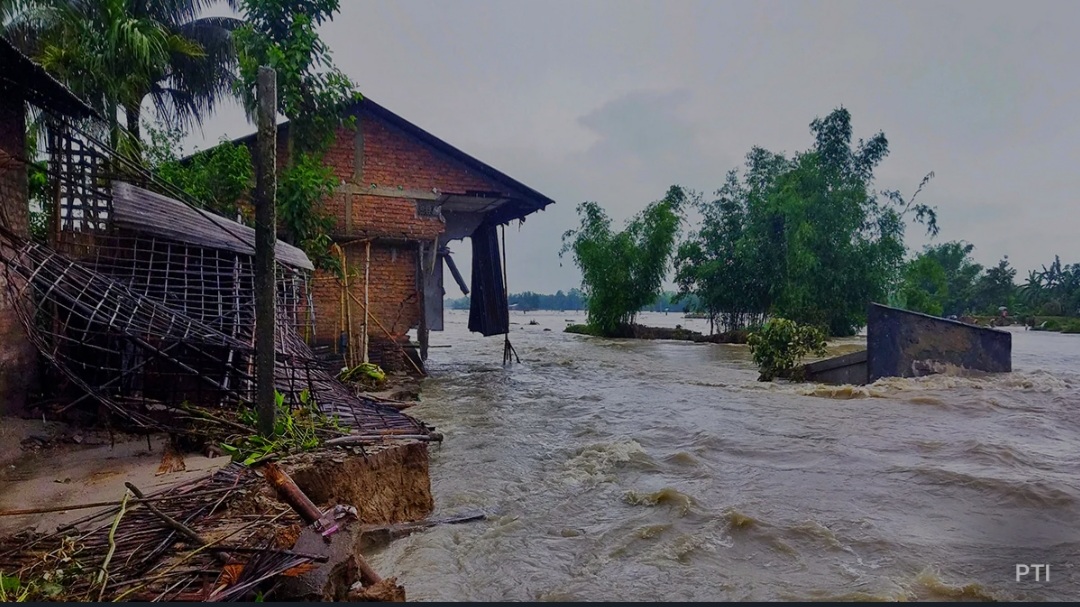The India Meteorological Department (IMD) announced on Monday that Cyclone Biparjoy, which destroyed Gujarat earlier this month, was the longest cyclonic storm in the northern Indian Ocean since 1977. The first cyclonic storm this year to pass over the Arabian Sea was Biparjoy, which formed on June 6 over the southeast Arabian Sea and made landfall on June 15 over Saurashtra and Kutch before weakening into a depression on June 18.
The IMD stated in a report on Biparjoy that the cyclonic storm had a total life span of 13 days and 3 hours (depression to depression), which was more than double the average life span of six days and 3 hours for severe cyclonic storms over the Arabian Sea. Between November 8 and 23, 1977, the longest-lasting cyclone in the north Indian Ocean formed over the Bay of Bengal and weakened over the Arabian Sea, lasting 14 days and six hours.
In recent times, the extremely severe cyclonic storm Kyarr over the Arabian Sea in October 2019 lasted nine days and fifteen hours, while the extremely severe cyclonic storm Gaja over the Bay of Bengal in November 2018 lasted nine days and fifteen hours.In its 2,525-kilometer journey, Biparjoy also changed tracks nine times, making it difficult for meteorologists to predict the cyclone’s path. On June 11, it had also intensified into an extremely severe cyclonic storm, but by landfall four days later, it had weakened into a very severe cyclonic storm (VSCS).
According to the weather bureau, Biparjoy moved very slowly throughout its lifetime, traveling at an average translational speed of 7.7 kilometers per hour over 12 hours, compared to a speed of approximately 15 kilometers per hour for the VSCS category during the monsoon season over the Arabian Sea, as determined by data from 1990 to 2013.
On June 6 and 7, the genesis and growth stages of the weather system experienced rapid intensification, but the system later fluctuated daily. The IMD stated that “the convective clouds associated with the system showed large diurnal variations, increasing intensity twice in the afternoon and early hours.”
Using the Sachet protocol of the National Disaster Management Authority, alerts were sent to over 32.67 million users in the coastal districts of various states along the west coast. Through INCOIS (Indian National Centre for Ocean Information Services), up to 5.63 crore SMSs were also sent to fishermen, and 2.7 lakh SMSs were sent to registered users, mostly the general public in coastal states, as well as central and state-level disaster managers.
According to the IMD, available satellite observations from INSAT-3D and 3DR, SCAT SAT, ASCAT, microwave imageries, available observations of ships and buoys in the region, and Doppler Weather Radar (DWR) at Bhuj and Jaipur were utilized in the monitoring of Biparjoy.
